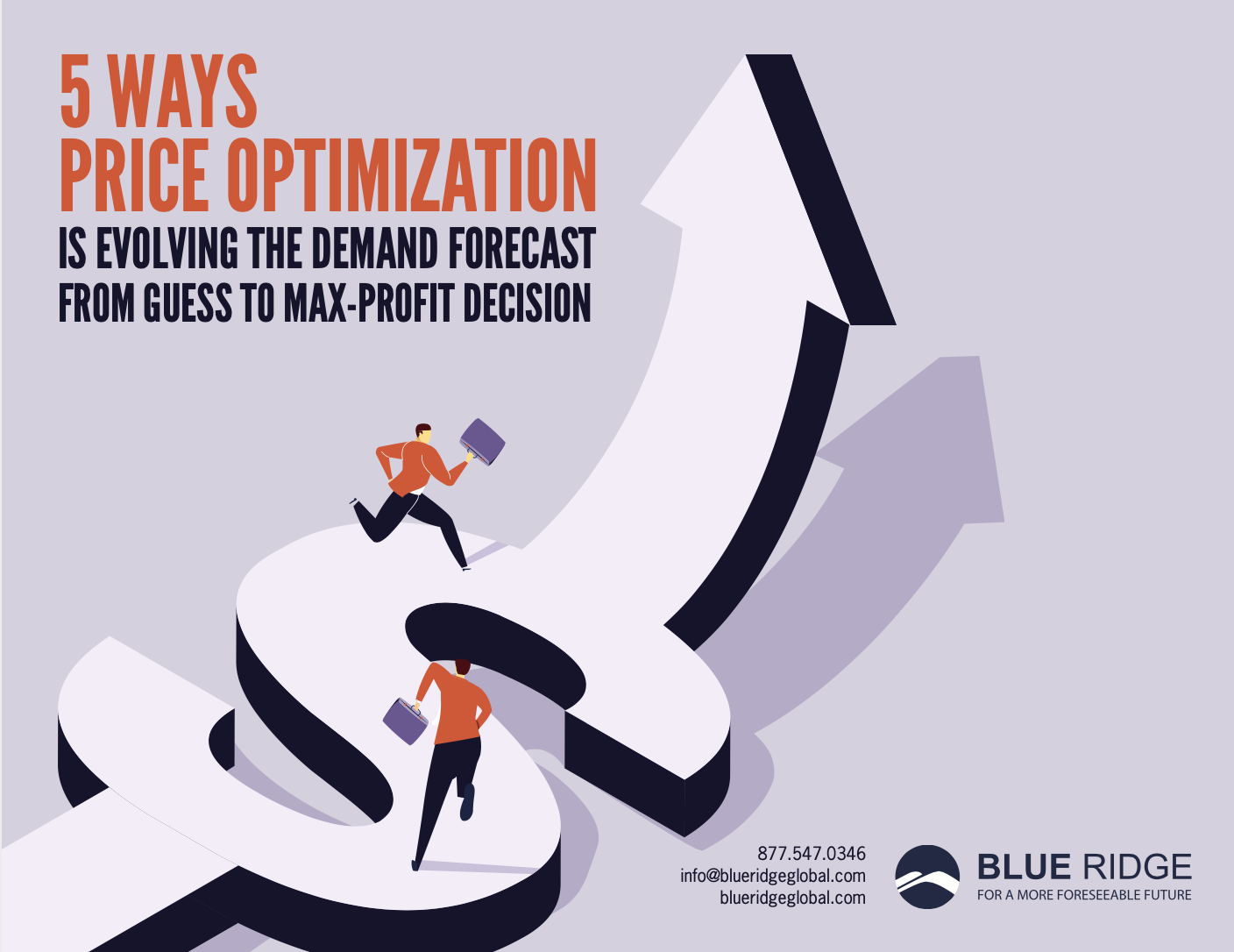Retail Pricing Strategies to Reverse Margin Erosion
 Today I stumbled upon a Forbes article that was packed with juicy statistics on retail supply chain and the fact that margins are severely eroding.
Today I stumbled upon a Forbes article that was packed with juicy statistics on retail supply chain and the fact that margins are severely eroding.
It was written in 2020 B.C. (Before Coronavirus), so it places the blame on omnichannel retail and shifts in consumer buying/delivery preferences. Obviously, the situation we’re in today takes that erosion to a whole new level.
Even before the pandemic...
The article states that a retailer's average profit margin on an item bought in-store was around 32%. Because of shoppers' demands for a seamless brick-and-click experience (digital + in-store + online), that same retailer may realize a profit margin of just 12% on the same item that is bought online and shipped from a store. One can only imagine what those numbers look like today.
A major contributor to this problem continues to be the soaring cost of transportation and logistics challenges in moving inventory that last mile. What does that tell us? Retailers that do not find new sources of profits will remain on the struggle bus. Or worse.
Strategic Pricing: An Unturned Stone
Little-known fact: Pricing is one of retail’s most effective strategies for reversing margin erosion.
Machine learning-based Price Optimization tools outperform any of the options we have right now to handle the fast pace and complexity of change in retail – including ERP/WMS solutions and humans, which – in an 8-hour day – can only scrape the surface of the analysis that Price Optimization algorithms can do in minutes.
Intelligent retail pricing optimization tools unchain retailers from unprofitable cost-plus pricing strategies and provide lightning-fast, highly accurate insights so that every decision is made with profit impact at its core.
Can Your Retail Pricing Strategy Do THIS?
Price Optimization software supports a number of retail pricing strategies to reverse profit erosion. They simultaneously minimize operating costs while accelerating competitive agility and new revenue/margin opportunities.
Take a look at these retail pricing strategies enabled by Price Optimization software, and then compare that to your current approach:
- Understand price-type relationships (list vs. wholesale vs. refurbished vs. remanufactured)
- Run “what-if” simulations to analyze different cost models – retail, wholesale and custom
- Segment price into price groupings – product, family, class, etc.
- Identify under/overpriced items for the entire assortment – not just fast-selling key items but also longtail items across every channel and location
- React to competitive positioning and market condition changes within a few clicks
- Consider supplier requirements, other minimum and maximum thresholds
- Prioritize pricing rules and psychological price points including willingness-to-pay
- Use science to learn from price changes and sales impacts over time to steadily improve price recommendations
- Integrate all of this into your supply chain planning system to create a seamless, agile, profit-driven demand shaping engine… skillfully synchronized with sales and operations planning (S&OP) processes
Feel like your retail pricing strategy is missing something? Want to reverse margin erosion quickly? Click here to learn more about Blue Ridge Price Optimization solutions or email us to request a copy of our whitepaper:
“5 Ways Price Optimization is Evolving the Demand Forecast from Guess to Max-Profit Decision”



Comments are closed.